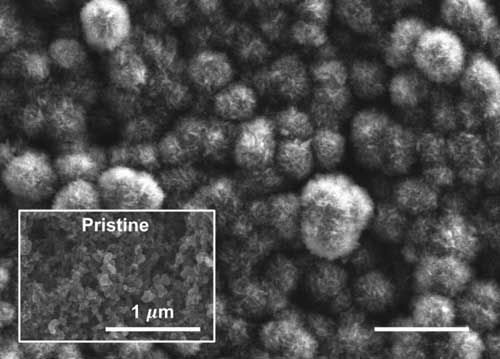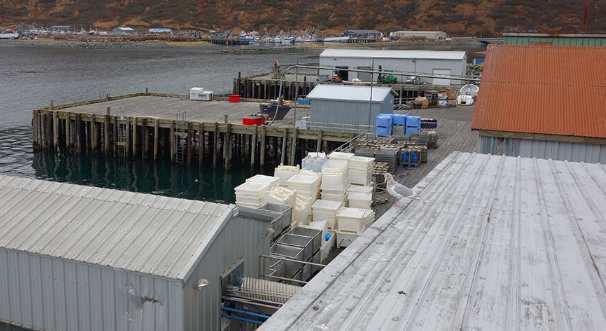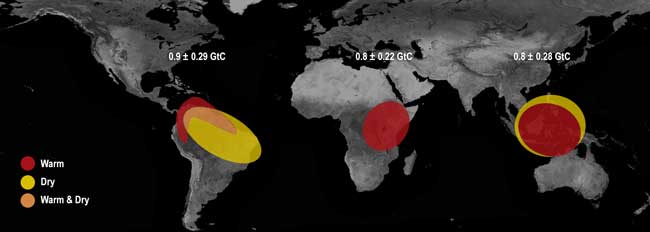
(ANCHORAGE, AK) — Tuesday in Anchorage Alaska Governor Mike Dunleavy signed three energy bills into law.
HB 50 creates a regulatory framework for the State of Alaska to utilize its geologic resources for carbon capture, utilization and storage (CCUS).
HB 307 prioritizes the reliability, stability, and cost to consumers for power along the interconnected Railbelt utilities and eliminates wheeling rates along the Railbelt.
HB 273 establishes the Alaska Energy Independence Fund as a subsidiary of the Alaska Housing Finance Corporation. It will assist in financing sustainable energy development.
“Energy is the lynchpin of modern society,” said Governor Mike Dunleavy. “The bills I signed today will both help individual Alaskans secure more affordable and reliable energy, and allow the State of Alaska to further develop its natural resources for the benefit of the people.”
HB 50: Carbon Capture, Utilization and Storage
By creating the regulatory framework necessary for operation, HB 50 will enable the State to attract investment in CCUS and authorizes the State to charge operators for the use of public lands for geologic sequestration of carbon dioxide.
Together with SB 48, which Governor Dunleavy introduced concurrently with HB 50 and signed into law in May 2023, Governor Dunleavy’s carbon legislation is a milestone for the State, allowing Alaska to benefit from participating in global carbon markets. The legislation creates new sources of revenue to the state—half of which will be directed toward the permanent fund for future generations, and upholds Alaska’s constitutional mandate to utilize and develop Alaska’s resources for the maximum benefit of the people of Alaska.
“Governor Dunleavy signing House Bill 50 today represents an important step forward for Alaska, ensuring that we continue to be open for business,” said John Boyle, Commissioner of the Alaska Department of Natural Resources. “Underground storage of CO2 complements Alaska’s existing oil and gas industry through enhanced oil recovery and enabling another voluntary pathway for companies within Alaska to meet their own carbon management goals, while DNR has the opportunity to maximize the value of a previously undeveloped state resource for the benefit of all Alaskans.”
HB 50 also expands the Regulatory Commission of Alaska’s jurisdiction to include natural gas and LNG storage, including facilities operated by a pipeline carrier. It modernizes geothermal resources statutes, aligning them with Alaska’s oil and gas statutes. It also establishes reserve-based lending at the Alaska Industrial Development and Export Authority, allowing AIDEA to make loans for oil and gas projects needed to increase Cook Inlet production.
HB 307: Integrated Transmission Systems
HB 307 eliminates wheeling rates on Alaska’s Railbelt, allowing the lowest cost power to be distributed throughout the grid. It creates a Railbelt Transmission Organization within the Alaska Energy Authority to establish a transmission cost recovery mechanism to ensures nondiscriminatory open access to the Railbelt transmission system.
HB 307 also incentivizes new energy development by extending tax-exempt statutes to independent power producers.
“House Bill 307 is one of the most important pieces of legislation affecting energy policy for the Railbelt in over 30 years,” said Alaska Energy Authority Executive Director Curtis W. Thayer. “The Governor set out clear expectations for AEA and the Railbelt utilities. Through our joint efforts, we have made transformative changes to the Railbelt in terms of funding, upgrades, and preparing for the future that have not been achieved since statehood. This new law also fundamentally changes how AEA operates. It enhances AEA’s ability to meet its mission of reducing the cost of energy for Alaskans, and demonstrates our collective commitment to increasing reliability, resiliency, and redundancy.”
HB 273: Alaska Energy Independence Fund
HB 273 creates the Alaska Energy Independence Fund as a subsidiary of the Alaska Housing Finance Corporation to assist in financing sustainable energy development.
The legislation unlocks tens of millions of Federal dollars from the Inflation Reduction Act. The creation of this subsidiary will help Alaskans compete for historic funding opportunities to improve the energy profile of their homes and businesses.
“When the State of Alaska faces challenges, our team is ready to do what’s necessary,” said Bryan Butcher, CEO/executive director of Alaska Housing Finance Corporation. “Leveraging the tens of millions of federal funding in energy efficient technologies will be the aim of our new subsidiary whose work will be informed by the nearly $1 billion that the state and federal government have invested in residential energy efficiency at AHFC over the last 20 years.”
The bill also enhances AHFC’s financial positioning by authorizing the Corporation to purchase loans with Loan-to-Value (LTV) as determined by its board of directors. Removing the existing statutory restriction that caps AHFC’s LTV at 95% will allow AHFC’s board of directors to respond to consumer needs and changing market conditions while continuing to adhere to the corporation’s fiscally responsible underwriting guidelines.
Butcher added, “The genesis of House Bill 273 reflected the commitment from Governor Dunleavy to create new housing. It shouldn’t be overlooked that this legislation will provide meaningful opportunities for homebuyers whose down payment will decrease by as much as $10,000 in some markets at today’s interest rates. Coupled with the new construction rebate that the Governor supported in the capital budget, he and the Legislature are investing in AHFC’s core competency – providing Alaskans with access to safe, quality, affordable housing.”
[content id=”79272″]







